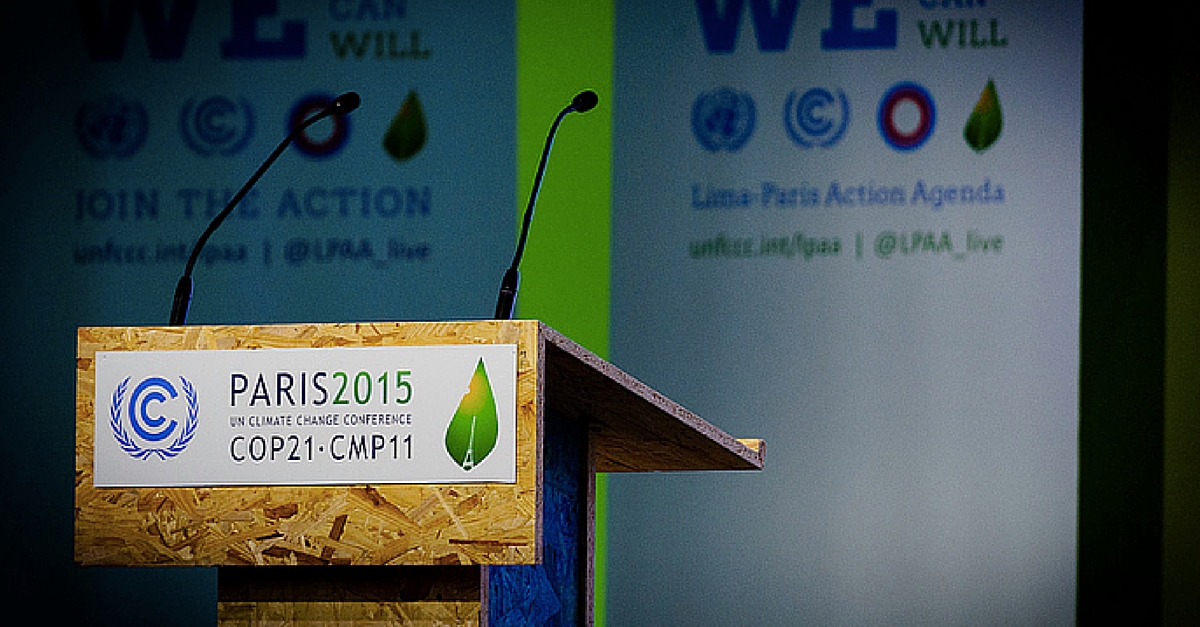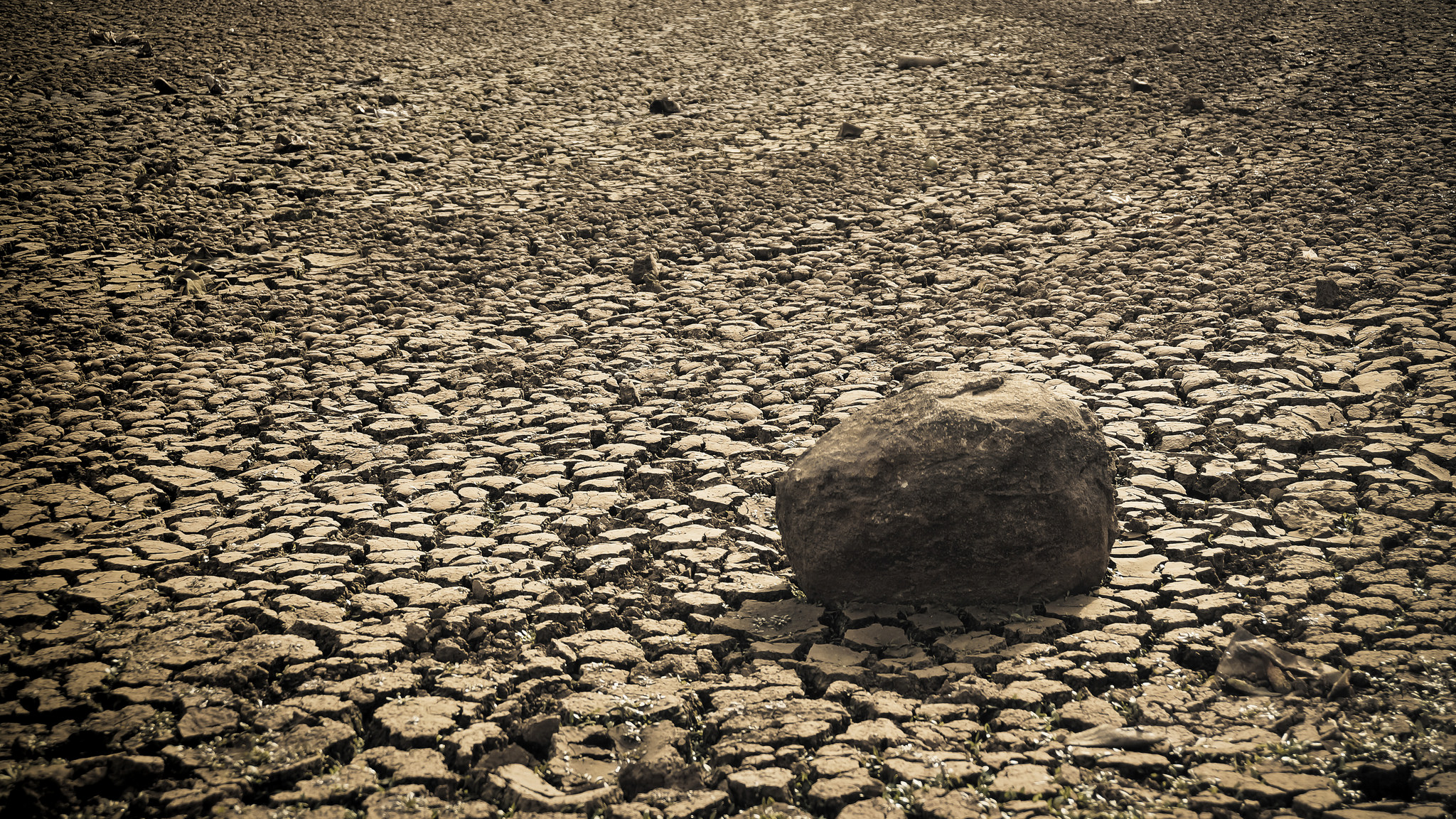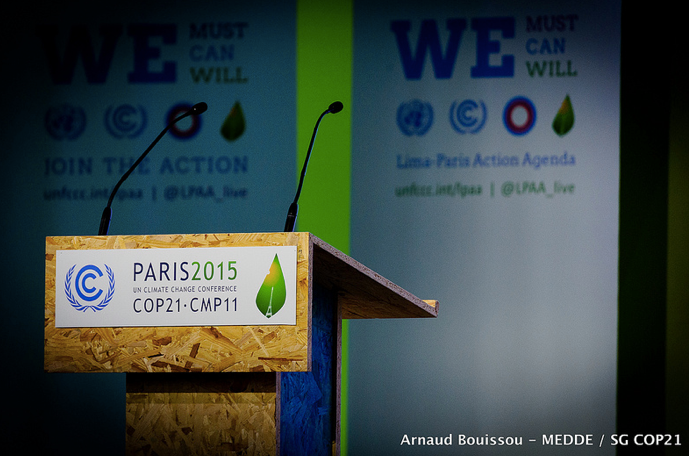MY VIEW: Why India’s Stance on Climate Change Is Crucial for the Entire Developing World
In the MY VIEW section, we highlight some of the most pertinent and interesting letters and opinions sent to us by our readers. Have something to say? Write to us: [email protected] with

Sajal Manchanda, a social science researcher, shares his study of climate change around the world, it’s impact on developed and developing countries, and his opinion on India’s stance.
WHAT IS CLIMATE CHANGE?
Since the industrial revolution there has been an increase in the burning of fossil fuels and changing land use, which was a cause as well as a result of economic growth that took place in the world. However, though this helped the western world to reach the levels of development they are at today as well as eliminate poverty from their lands, this has had negative consequences on the climate.
Fossil fuel burning and deforestation has led to an increase in the Green House Gas (GHG) concentration in the environment and this has led to a 1 degree rise in global temperature compared to the pre- industrial level. If the level of emissions continue as they have been in the past then the global temperature will increase by 2 degree. This phenomenon of rising temperature due to high concentration of GHG is called global warming as per IPCC (Intergovernmental Panel on Climate Change) and the repercussions of the 2 degree rise will be catastrophic.
Repercussions of a 2 degree temperature rise:
We can already see around ourselves the kind of havoc weather is playing all over the world – areas which never received rains are flooded, there is drought at other places and storms and hurricanes, and 2015 just concluded as the hottest year mankind has ever seen.

Photo source: Flickr
People can argue that 2 degrees is not that big a thing and it could be the changing behavior of the sun that could possibly be the cause and not the greenhouse gases, but if we look at the movement of the sun and the increase in its heat intensity over the past period such a change is not due to natural causes but due to man-made causes. A two degree Celsius rise in global temperature as per research by various scientists and reports by IPCC and UNFCC is enough to wreck havoc in the world and the consequences will be dire – especially for small island countries and for the countries in the third world.
Rising temperatures will cause melting of polar caps and well as glaciers which will lead to rising water levels in the rivers, seas and oceans around the world. This will cause salination of ground water and immersing of land mass of small island nations as well as coastal areas of various countries. Not only rising water levels, there will also be erratic climate patterns in various parts of the world.
The tropical areas will get hotter which will severely affect farming activities. Given that tropical areas are associated with farming as the main source of livelihood, any decrease in farm output will have a direct consequence on the quality of life of people, and those who live on the margin of the poverty line will be dragged into it. The worst case scenario as per UN reports is that climate change will give rise to climate refugees who will move and will be responsible for possible conflicts among people as they will be competing with the natives for an already shrunken resource pool. So Darwin’s principle of survival of the fittest will kick in and conflicts and wars are bound to happen out of necessity.
INDIA AND THE WORLD
India is a developing country with heavy dependence on monsoons to support agriculture that can feed its large population. Any change in the rain pattern and rising river levels which will cause a fall in production and a natural calamity will be disastrous. For a country trying to develop to bring its people out of poverty, to at least provide them with food to eat, a change in climate which impacts the food production deters the entire objective. And given that we are still poor and lack the necessary resources, unlike our western counterparts, to mitigate and adapt to the problems that adhere with climate change in the future is of prime concern for us.
That brings us to the question of what should India do in order to address this? Given that as per the predictions by various agencies, India happens to be among the worst affected, there has to be a way out of this. Before looking into that, we need to understand what the world is doing on climate change. First of all, we need to understand that climate change is not an Indian phenomenon, it’s a global phenomenon. And it is not due to something we did now or 10 years back but it is in fact due to what we have been doing since the Industrial Revolution. And by “We” I mean not India but the rich western countries for the past 300 years. Thus climate change is in a way a cost the world is paying now and will continue to pay in the future for the riches and development of a minority.
And the biggest irony is that countries who are the sole cause of this climate change are in fact the best equipped to tackle any problems arising out of it as they have the money to mitigate as well as adapt. What’s worse than this is that they are the ones who stand to benefit in a way by climate change as the increase in temperatures around the world will help in increasing the agricultural yields in their countries.
To add to all the injustice, they want the developing countries to be equal partners in the fight against climate change and want them to reduce their emissions while they still continue to contribute to pollute, and apparently on absolute as well as on per capita basis, are way ahead of India. And when it comes to owing up responsibility, they say that it is India which is stalling the process for any substantial action to be taken in the fight against climate change when stats clearly show that India is nowhere even close to them in the emissions, if we look at the historical trend or even if we look at the past 10 years.
India apparently contributes only 4% to the total GHG’s, unlike US or for that matter China, which are ranked 2nd and 1st respectively, contributing close to 40% between themselves.

Photo source: Flickr
The world recognized the need to address the issue of climate change as recently as 1992, more than 200 years after polluting. It was well recognized that it the western world which has been the main polluter and its time that it owes up the responsibility. Thus happened the signing of the Kyoto protocol in 1994, which was adopted unanimously in 1997 and came into effect in 2005, which said that the emission targets will be 5% less than the 1990 levels and it set out mandatory targets for the developed countries and there were differential targets for others based on the capacity the key feature was “common but differentiated responsibility and respective capabilities”.
But the results have been far from what was promised. Apparently the countries have failed to keep up the emission cut commitment, have delayed it by another 5 years and want a revision of the entire commitment level. In fact, some developed nations have entirely backed off from the commitments they don’t want to abide by. They want the developing countries to take the lead and share the same responsibility without realizing that the developing countries have hardly been responsible for any of this.
INDIA’S STANCE
The thing is India is not stalling any process and is equally committed to the climate change. Given that it will be one of the main victims of it, the Government of India had launched the National Action Plan on climate change in 2008 under the leadership of then PM Dr. Manmohan Singh. But India is not ready to give in to the developed world’s demands, it wants the Kyoto protocol to hold, it is against any mandatory cutback on emissions when its contribution has been way less throughout, and also when it has committed that its level of emissions will never be close to developed countries’ per capita level. All that it professes is that:
a) The principle of common but differentiated responsibility and respective capabilities must hold
b) The western world who has polluted in the past must own the responsibility

Photo source: Facebook
The fact is that India still remains an underdeveloped economy with a large population. So it needs to have fast economic growth in order to increase the standard of living of the people in the country, and to do that it will have to pollute, it needs cheap sources of power as well as industries if it has to have its way. Given that India is still coal abundant and it is the chief fuel, also the most dirty, it has to rely on it and this will add to the emission of GHG’s. It is no different from any other country which has achieved economic growth – all have chosen the same way, from UK which was the first to develop to the most recent China. Bjorn Lomborg, founder of the Copenhagen Consensus Center which undertakes research on climate change, says that although coal is a dirty fuel, it has the power to develop a nation faster than any other fuel. He cites the example of China, and how coal has helped it lift 680 million people out of poverty in the past 30 years.
THE POWER OF COAL
Lomborg is not saying that we must leave ‘business as usual’ and not worry about the climate. But he is here talking about a great trade off, as he points out that coal helped Chinese become rich and they can use the same riches now to mitigate and adapt to the climate risks. He argues that people in underdeveloped countries are dependent on fuel wood and other materials for heating and cooking, which are more polluting than coal. Thus using coal to produce electricity will be better compared to that.
He also gives the argument that poverty is a bigger concern at present than climate change. There needs to be more attention paid to the present, than to worry about things that are going to happen in the future. If we will not care for the present than the situation of the poor will get even worse. More people are at present dying of poverty than climate change and thus he strongly advocates that the developing countries must go ahead and pollute and their first priority should be development. Climate change for them can wait.
This argument is entirely in line with countries which do not even have enough resources for their own people – how can they possibly work on something that concerns the globe? It must be the developed countries, who have reached a certain level of prosperity, who should be the ones contributing to this global cause and it should be differentiated responsibility.
If we look at per capita figures, it becomes clearer that neither India nor China are anywhere even close to the US. It is just that we have an aggregate population that is so large that we end up being large contributors of GHGs. In our part of the world, GHGs are a sort of necessity, but for them its more of a luxury. So rather than putting a tax on us, they should be the ones to change their consumption patterns and reduce the emission per person, which can give a positive direction to the debate.
THE WAY FORWARD
India needs to realize that it should focus on domestic issues first and fight against poverty, which has held this nation back for the past 60 years, than climate change, and it must ensure that its stance in the UNFCC remains firm and not be compromised.

Photo source: Facebook
Having said that, India should not completely ignore climate change as it not only affects us but also gives us an opportunity to work on our energy security. Thus it has dual benefits. Given that India is heavily dependent on the import of energy, investing in clean green renewable sources will help in solving our energy security problem. At the same time, it will help to address the climate change issue.
Renewable energy sources are helpful in a way that they can solve the problems of 1/3rd population of India, which is not connected to the power supply grid. But region-based power sources will help in solving the power situation and will empower people. Thus India should work on diversifying its pool of energy sources to address climate change issue as well to meet its own domestic energy needs. The climate change issue provides India the impetus in the global order to stand for what is right, and to garner support of the small island countries as well as developing countries, which will benefit us in the international sphere by enhancing our soft power and help us achieve our objective of being a global power in the future.
India must not miss this opportunity. The climate meet in Paris, COP21, is the first immediate test and the stance India takes will surely define the future.
– Sajal Manchanda
The views expressed in this article are personal and do not in any way represent the views of any organization.
Featured Image Credit: Flickr
Like this story? Or have something to share? Write to us: [email protected], or connect with us on Facebook and Twitter (@thebetterindia).
This story made me
- 97
- 121
- 89
- 167
Tell Us More
We bring stories straight from the heart of India, to inspire millions and create a wave of impact. Our positive movement is growing bigger everyday, and we would love for you to join it.
Please contribute whatever you can, every little penny helps our team in bringing you more stories that support dreams and spread hope.



















